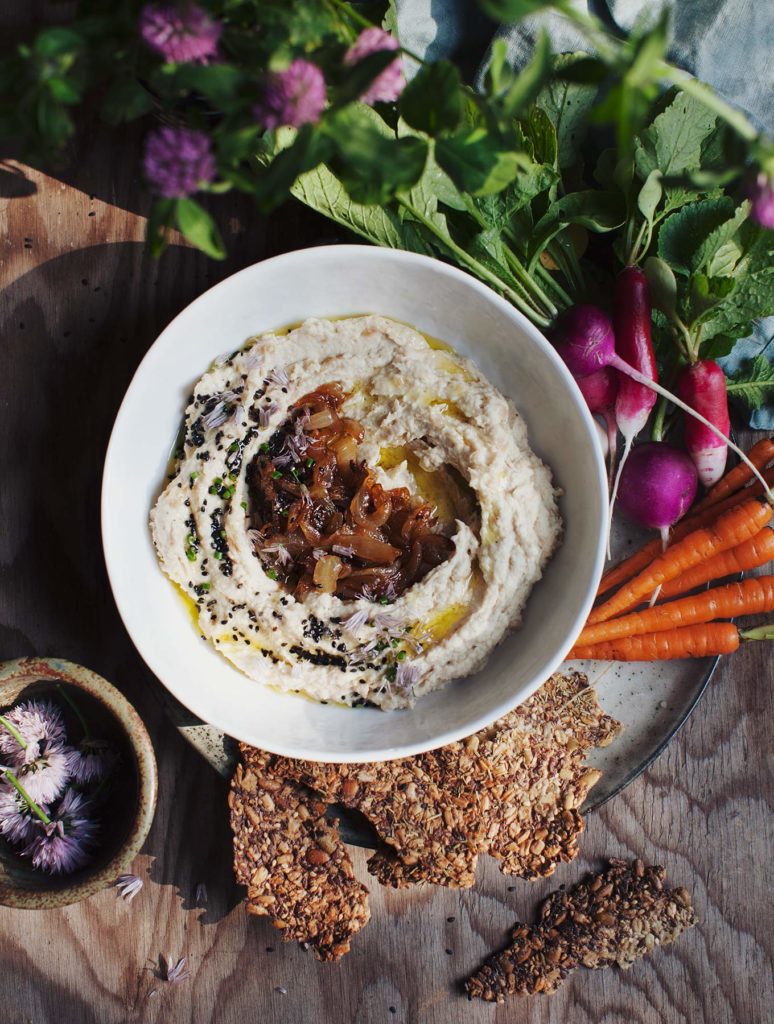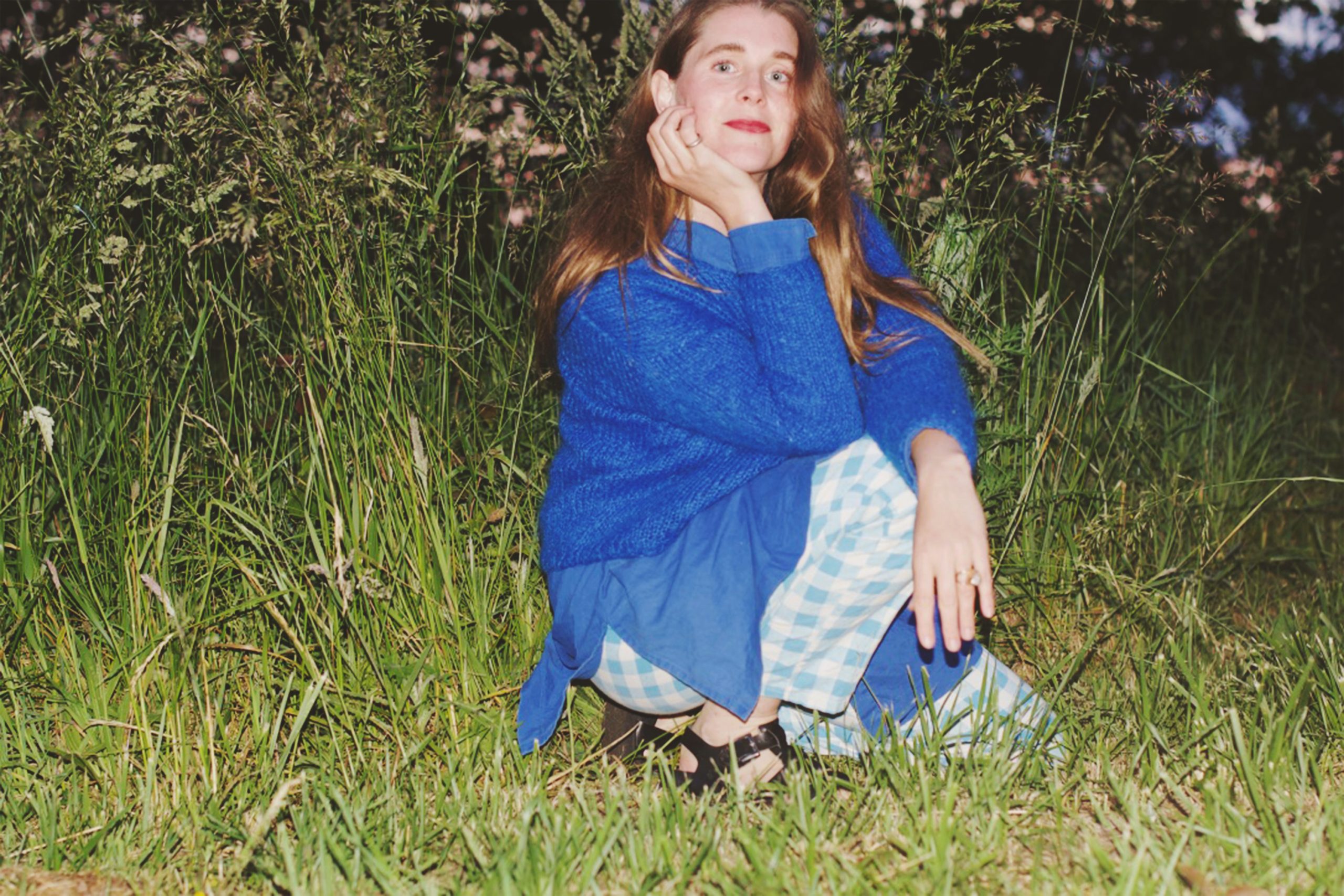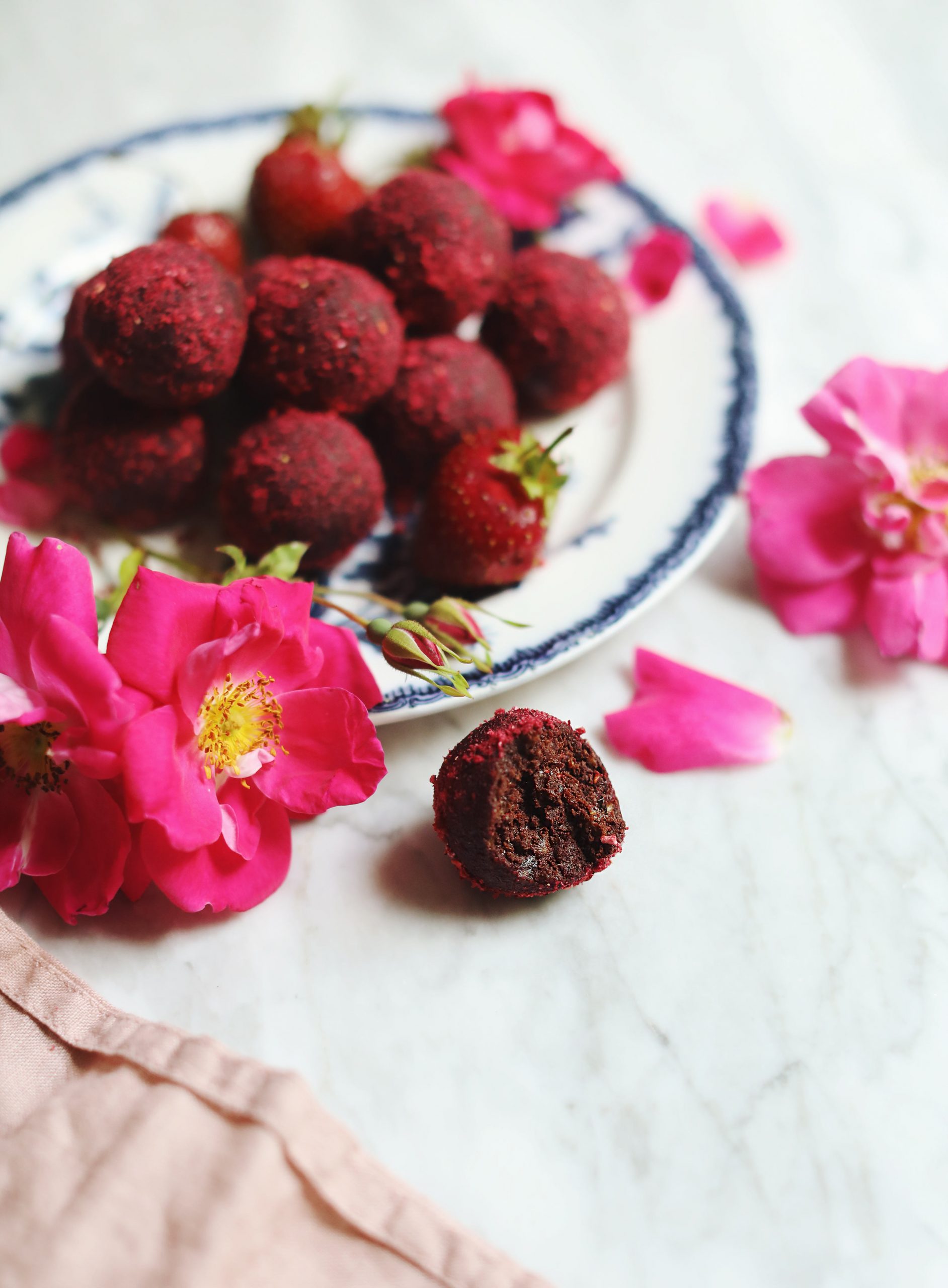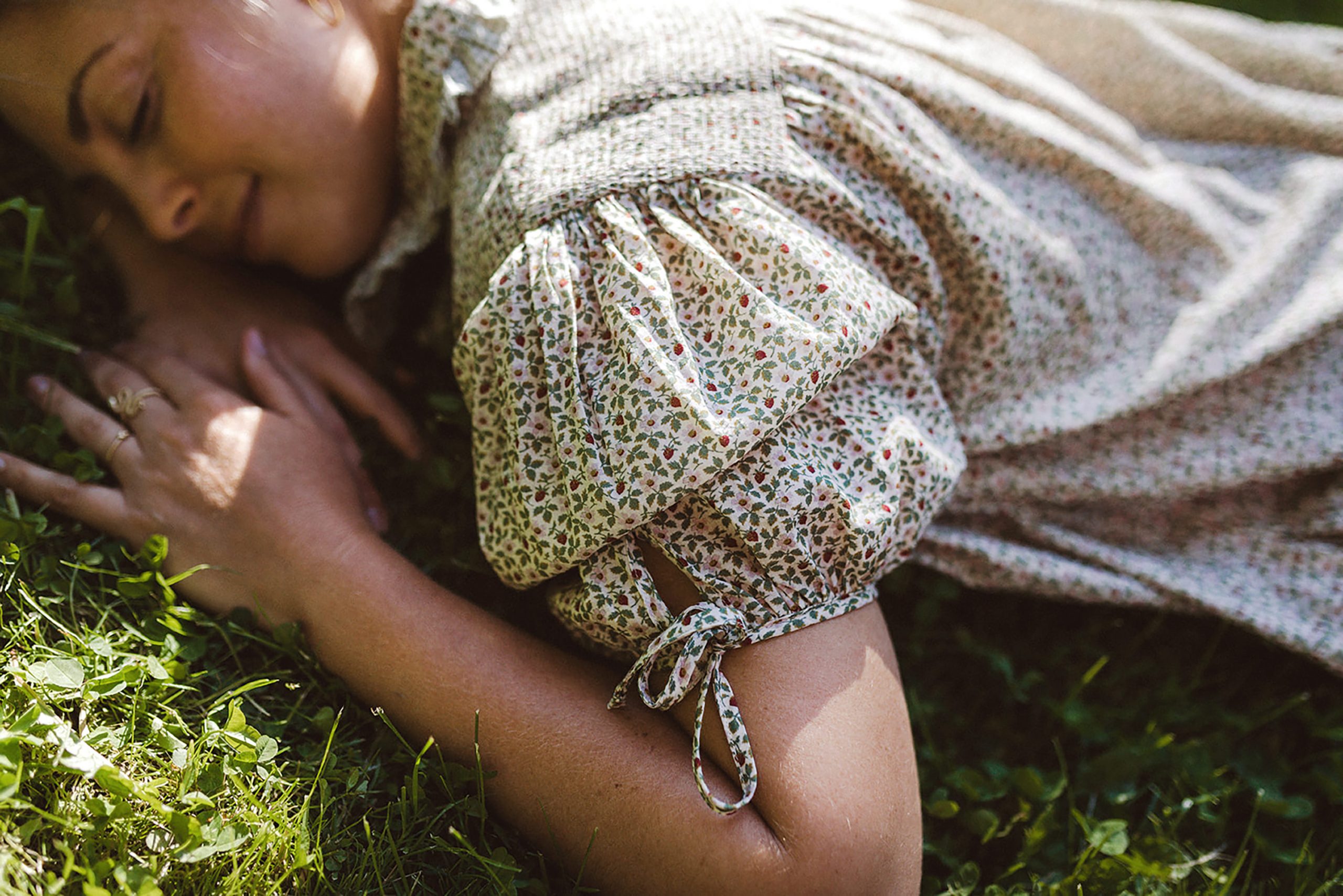Take a few moments to learn a little more about this superstar organ, the small intestine!
Feel free to download this audio and listen as a podcast:
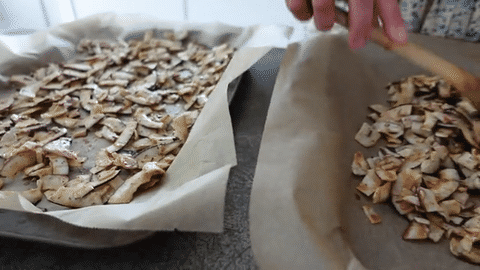
To access the videos and podcasts, please upgrade your membership
Try any of these recipes or movement practices to support your small intestine:
Raspberry Licorice Swirl Smoothie
Love Movement Class with Mikkala
Steamed Broccoli and Squash with Tahini Sauce
Sweet Potato Coconut Soup
Caramelized Onion White Lentil Dip
CCF Tea
This week’s organ of focus is the small intestine. Its 23 foot length connects to the stomach, and is divided into three parts: the duodenum, the jejunum, and the ileum.
If you were to open up the small intestine and iron it flat, its surface area would be equal to the size of a tennis court (250 square meters / almost 2,700 square feet)!! Why all this space? Because the small intestine is the site where we absorb almost all of our food’s nutrients – think of it like a giant sponge – so the more space we have to do that, the more nourishment we potentially have access to.
The small intestine transforms nutrients into usable components like glucose, fatty acids, and amino acids, where they are transported to the liver, which either distributes them for immediate use, or stores them in the form of glycogen for future use.
Keep your small intestine happy with plenty of high-fibre foods, like fruits and vegetables, beans, lentils, nuts and seeds. Fibre helps feed the good bacteria in your gut and helps to sweep out waste residues that the body doesn’t need.
If you find that raw foods irritate your gut or don’t digest well, sticked to cooked ones! Steamed vegetables, stews, and soups are nourishing options that are easier to breakdown.
Specific herbs for the small intestine include comfrey root, liquorice root, fennel seed, and anise seed.
Moving your body for a little each day aids the small intestines physical breakdown of food, and increases the blood circulation needed for distributing the very nutrients that it has absorbed. A walk, a stretch, a dance, or any way that you find joy in motion, supports this process!
